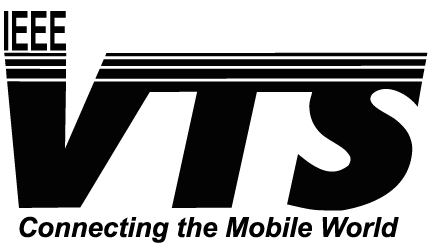
Technical Committee on Radiowave Propagation and Channel Modelling
Survey of Wireless System Planning Tools
| HOME | MOBILITY WIRELESS SYSTEMS | INDOOR WIRELESS SYSTEMS | RELATED LINKS | JOURNAL ARTICLES | PLANNING TOOLS VENDORS LIST |
Related Links
RF Design Magazine RF Design
magazine provides engineers with
design information concerning wireless communications circuits and
products using radio frequency signals (3 kHz to 300 GHz). |
|
This PowerPoint presentation on campus WLAN
deployment features an introduction to the SitePlanner,
LANfielder,
and
SiteSpy planning software by Wireless Valley Communications. |
|
This brief presentation explains cell
breathing and load balancing in a CDMA network. A planning
example using NP Workplace
is included. |
|
Providers
considering deploying a wireless
broadband network for delivery of high-speed data and enhanced services
often exhibit difficulty envisioning the scope of what the actual
deployment entails. The goal of this paper is to provide a very general
overview of what the process of deploying a broadband wireless system
actually entails. |
|
Designing a network isn't easy. You have to consider terrain, clutter and anything else that may block RF signals and inhibit coverage. Maximizing coverage, increasing capacity and minimizing capital expenditure throughout the life of a network is an RF engineer's purpose in life. However, most engineers use RF-planning tools only during initial build-out. Now, that is
changing. Companies are
offering improved solutions for traditional RF-planning needs as well
as additional functionality to help you continue engineering
enhancements... (read
more) |
|
The new third generation or, 3G cellular system, known as UMTS (Universal Mobile Telecommunications System) provides a range of multimedia services to mobile telephone subscribers such as video, Internet browsing, and mobile office applications. Although UMTS
creates new opportunities to
generate revenue for wireless carriers, it has an increasingly more
complex radio system than any previous second generation wireless
system--GSM for example. This has raised new challenges in the design
of 3G mobile networks, as well as in the deployment of them. New
optimization techniques are urgently needed... (read
more) |
|
Successfully deploying a fixed broadband wireless (FBW) network depends on two key factors: flexibility in planning radio frequency (RF) network layouts and line-of-sight (LOS)/non-line-of-sight (NLOS) conditions. Because LOS conditions require an unobstructed view between the transmitter and receiver, carriers face technical and business challenges when planning and deploying LOS-based FBW networks; in fact, the first generation of FBW systems failed because of these challenges. Conversely, NLOS
product solutions that allow layout customization provide enhanced RF
planning opportunities with low up-front capital costs and short
time-to-market... (read
more) |
|
The high
price of auction-based 3G licences
is putting enormous pressure on manufacturers and operators to
configure the next-generation mobile network in the most cost-effective
way possible. That means taking great care over UMTS radio planning and
ensuring terminal and base station compatibility between different
vendors... (read
more) |
If you have comments, suggestions, corrections, or contributions, please e-mail me at: dmichelson@ieee.org
http://rsl.ece.ubc.ca/planning-tools/
Last updated: May 17, 2008